
6 minute read
FUNDRAISING
The Nepa team are really excited to be able to share this research with you. Each year we know that Blackbaud’s Status of Canadian Fundraising Report research gives charities a great insight into the mood and future trends among those working within the charity sector. The chance to deep-dive into what the picture looks like among those who actually give to charities and good causes felt like it could be extremely valuable to everyone working within the sector.
Analyzing the data collected alongside our partners at Blackbaud, we are confident that the results will provide much needed insight and direction for all those working in the non-profit sector. From preferred methods of donation, expectations around follow-ups after a donation, and how these differ among various age groups and giver profiles, we hope that this report will help you to turbocharge your donations through 2023 and beyond.
– Luke Brown, Account Director, Nepa. NEPA turns data into growth by combining dynamic marketing intelligence with brilliant human analysts and researchers. By defining what matters most to consumers, we have helped some of the world’s most respected brands make the right decisions and choose to win.
SECTION #1
How Donors are Giving
The good news is that people want to give! The research found that the majority of people (90 percent+) support charities by donating money. 39 percent of people also volunteer and 27 percent take part in events. The 18-34 years age group are more likely to volunteer, at 54 percent.
How do you show your support for charities?
What is your preferred method of donation?
How would you say the pandemic has impacted your donation habits?
Methods of Giving
Cash is still the preferred way to donate across all ages groups, closely followed by online giving. There is also a relatively large number of cheque givers in the 55+ group.
Top Tip
It’s always good practice to check the demographics of your supporters to see how best to communicate with them. Discover how your particular supporters prefer to give, and make sure you are set up to easily able to accept this type of donation and provide a smooth supporter experience for your donors.
Please estimate how many different charities / good causes you have given to in the last 12 months. Most people (61 percent) have given to between 1-3 charities in the last 12 months. Female donors are more likely to give to a higher number of charities. The pattern is relatively similar across the age groups.
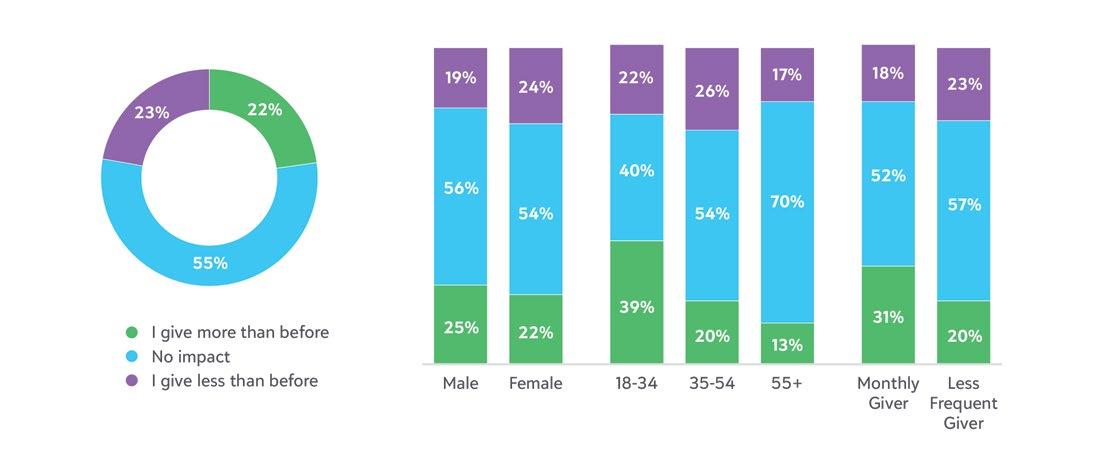

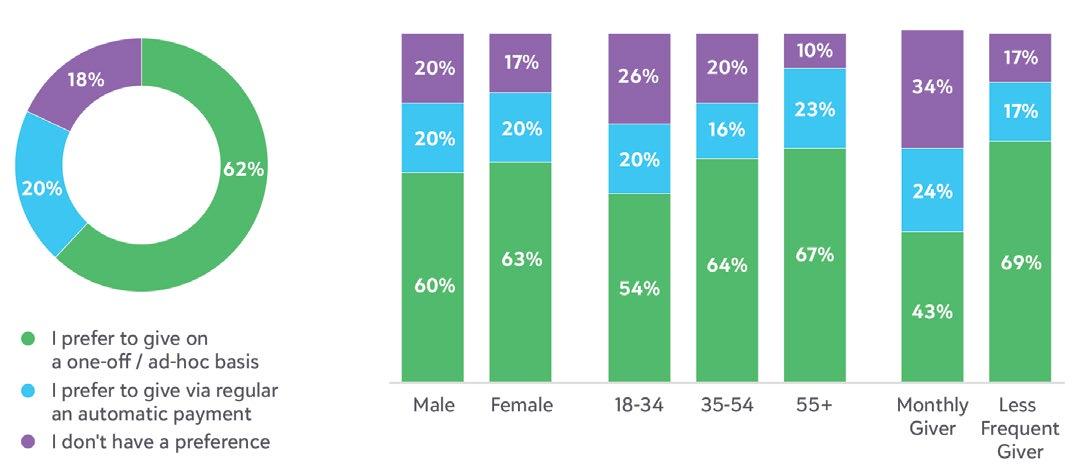
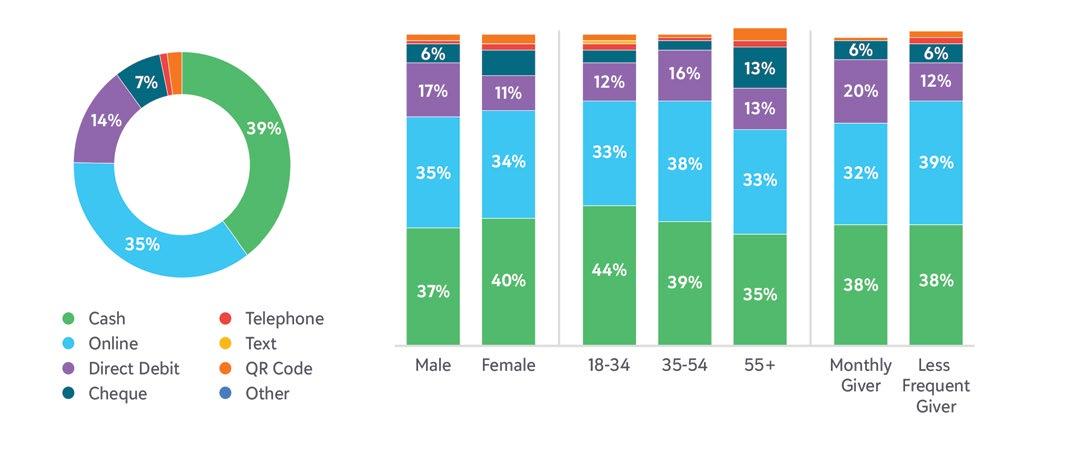
Which of the following most applies to you?
The majority of people say that the pandemic has had no impact on their donation habits, with 23 percent saying they give more than before. Younger people are more likely to say that the pandemic has caused them to donate more than previously.
The majority of people, across all age groups, prefer to give to charities on a one-off basis, rather than be locked into a regular payment.
SECTION #2
Motivations to Give
Overall, there is an even split between people giving to the same charity each time vs donating when they see a good cause, although this differs by age group.
The older group (55+) prefer to give to the same place each time (48 percent), whereas 18–34-year-olds are more likely to give to what appeals to them at the time.
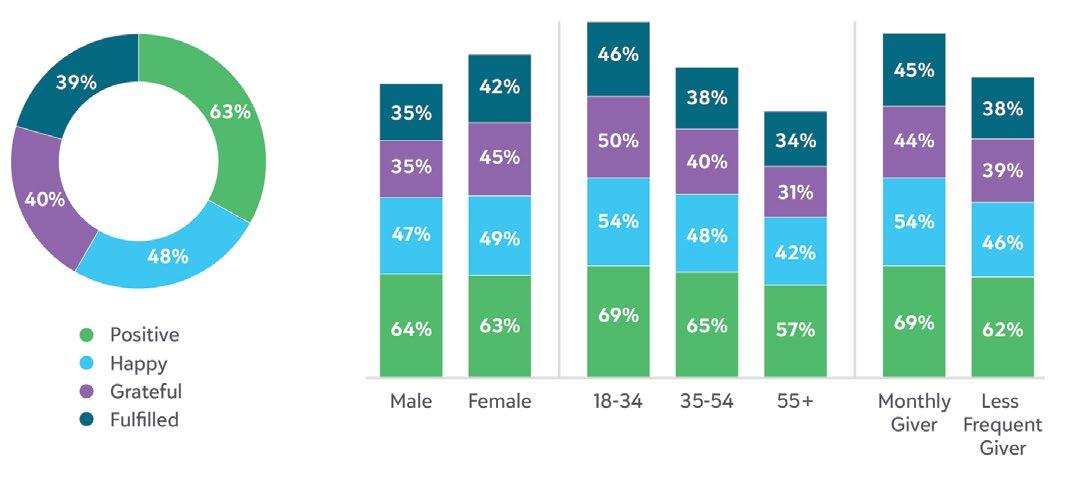

What would you say motivates you to donate to charity?
Which of the following normally ‘triggers’ you to donate to a charity or good cause?
What Leads to a Donation?
Key triggers to donate are a current event or news story, or a post on social media from someone they know. Being contacted by a charity, or seeing a charity social media post are also key triggers.
How likely are you to donate when being asked via the following places?
How do you feel after you have given to charity?
The biggest motivation to give (across all groups) is to help those in need, followed by helping their local community and social responsibility. People report that they feel positive after donating, with the younger group also feeling more fulfilled and grateful.
Top Tip
Remember that it’s not just your organization that benefits when people make that donation — they also feel positive and happy too! This is a great message to share, and also to take forward in your follow-up communications with donors.
A family member approaching someone is the most likely trigger for a donation across all the key target groups, followed closely by a friend. Both are at least twice as likely to trigger a donation than being contacted by a charity or seeing an advert. Contacted by a charity fundraiser by email, phone or advertising
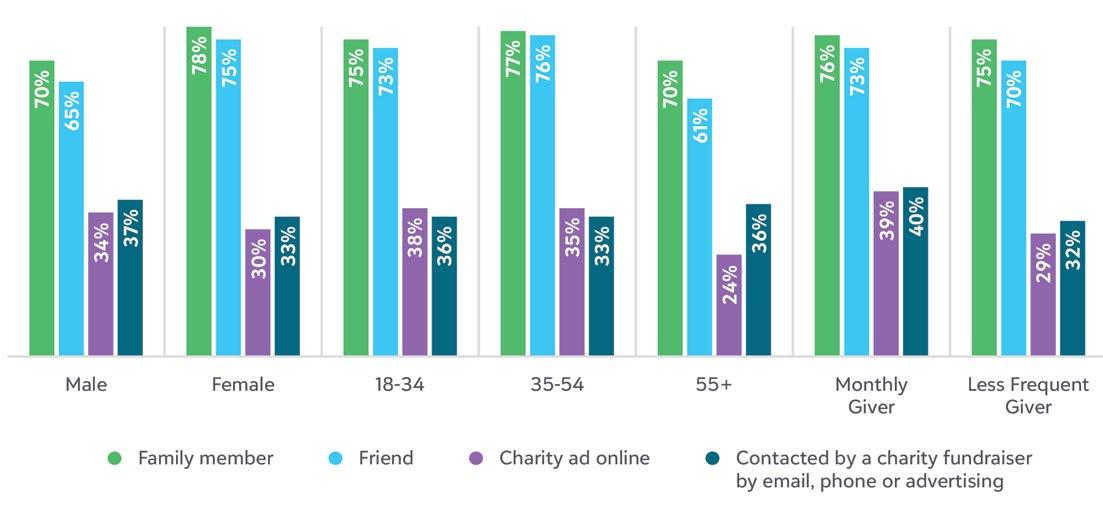
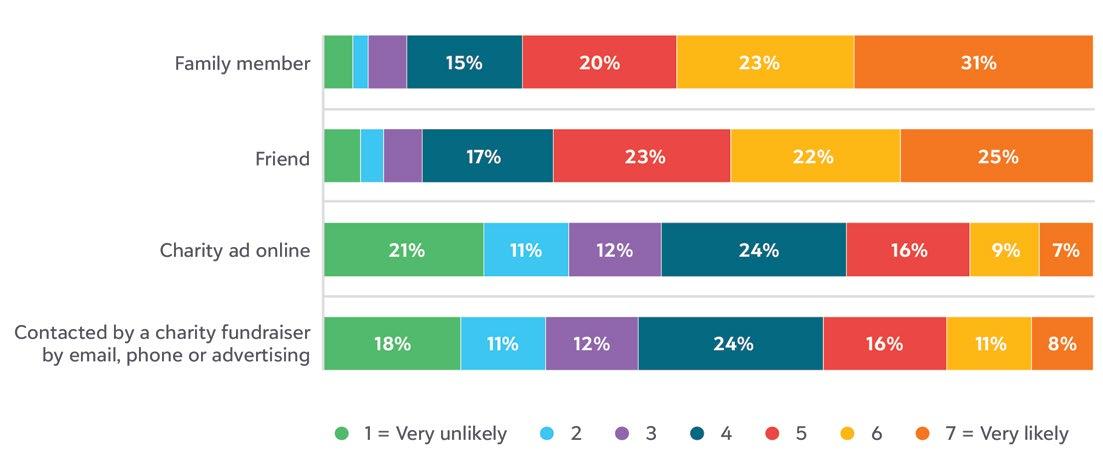
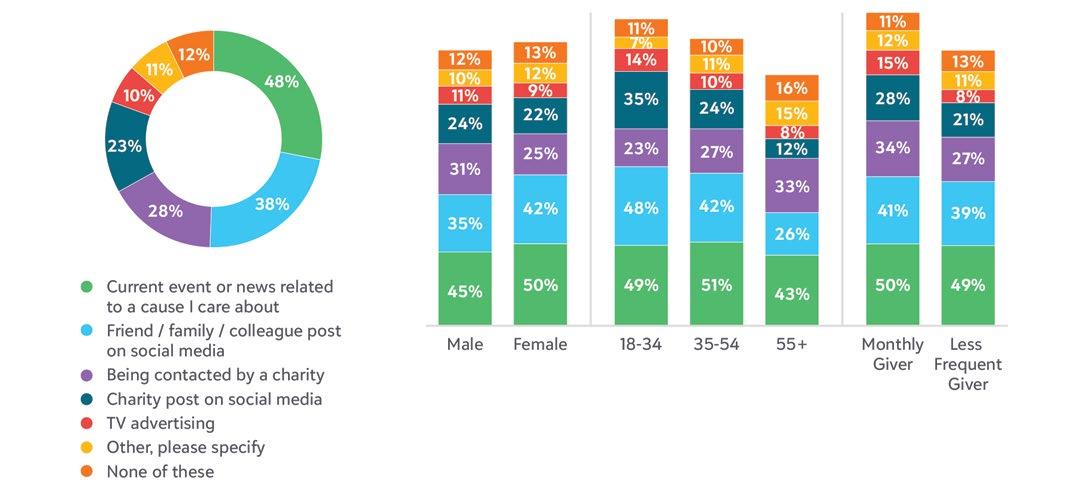
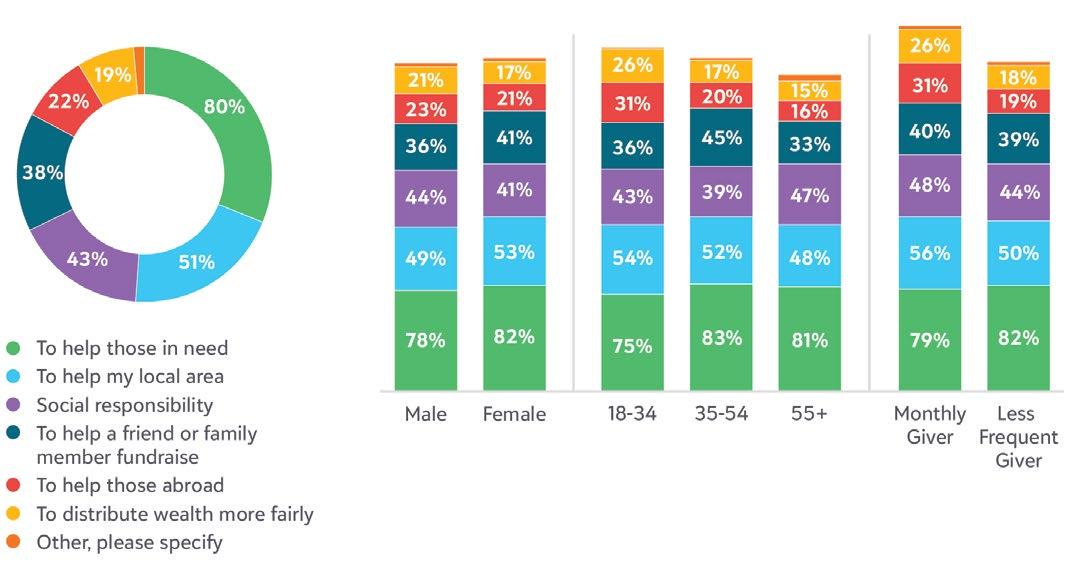
SECTION #3
Following a Donation
Only 29 percent of people expect a ‘thank you’ after a donation, although this does increase among the youngest group to 34 percent.
TOP TIP
Stand out! If they’re not expecting a thank you, think about the impact that a thank you will make. Do you expect a ‘thank you’ from a charity after you make a donation?
51 percent of people say that they know what difference their donation has made. This doesn’t differ across age groups.
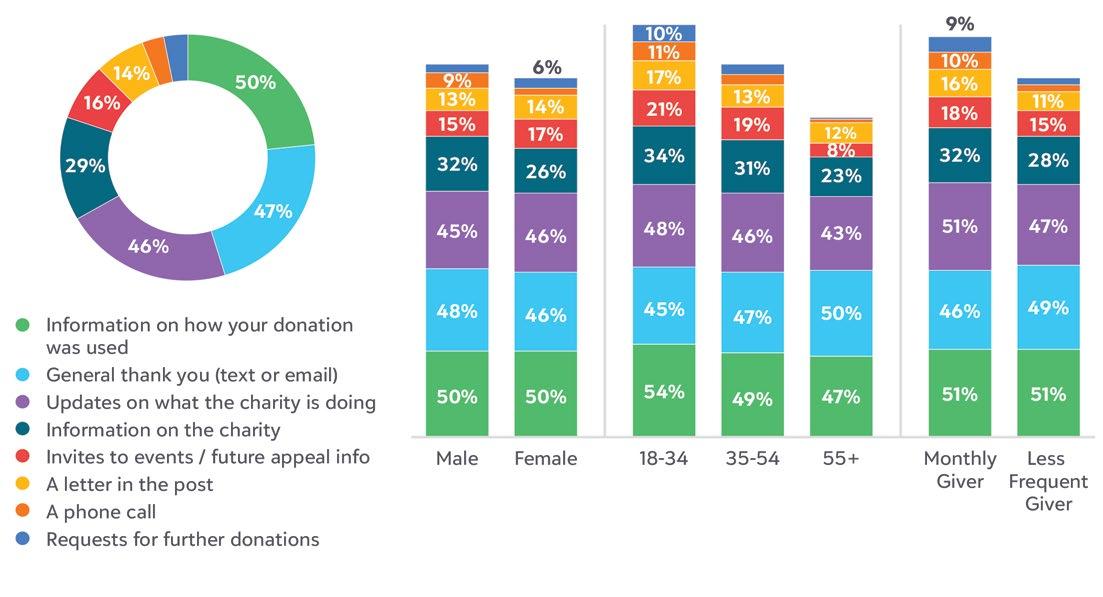
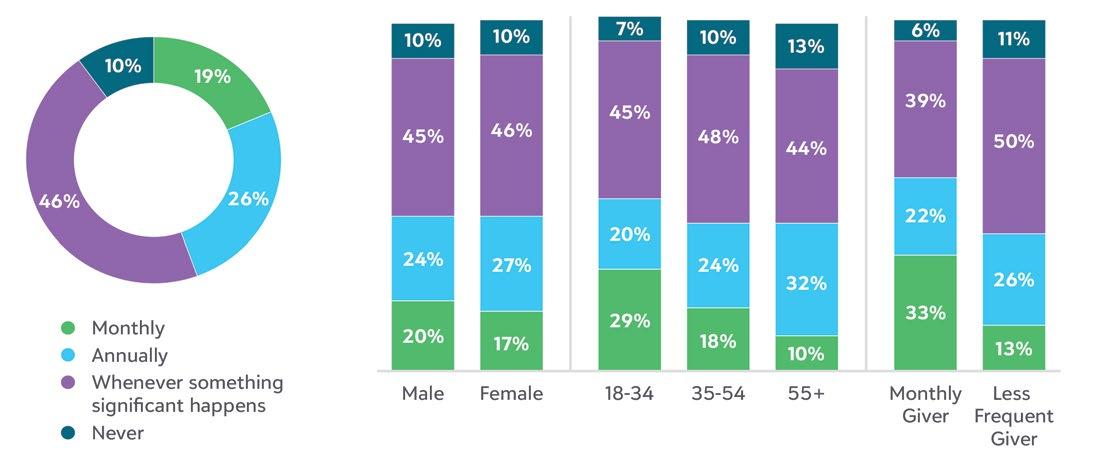
To what extent do you feel like you know what difference your donation has made?
If a thank you is sent, people would like to receive a general thank you, information about how the money was used, and updates on the charity in general. This is similar across all age groups. About half of people only want to be contacted by charities when something significant happens, although those who donate more are happy to be contacted more frequently. If a charity was to send a thank you message after a donation, what information would you like to receive? How regularly would you like to receive updates from a charity after a donation?

SECTION #4 Ethics and Sustainability
A high majority think it’s important for charities to demonstrate an ethical and sustainable business model. How important is it for you that the charities you donate to demonstrate an ethical and sustainable business model?

TOP TIP
Demonstrate the impact that your supporter has made — research looking at high net-worth donors found that 44 percent are motivated by the belief that their gift can make a difference.* Further research found that 56 percent of organizations saw an increase in donors after sharing success stories** — there really is power is showing the difference that donors make!
To what extent do you think that you would donate more to a charity if they can demonstrate their ethical and sustainable ways of working? A huge 73 percent of people say that they would donate more to charities who are ethical and sustainable.

This increases to 79 percent among 18-34-year-olds.
It’s a similar pattern for the need to understand more about an organization’s ethical policies, the majority of people would like to know this.
Conclusion
Understanding the behaviour of donors and the motivation for giving is essential for any non-profit looking to withstand these difficult times, build a resilient organization and succeed. It is encouraging to discover that the majority of donors say the pandemic has had no effect on their donation habits, and that those who donated to charities before the events beginning in 2020 are still continuing to do so now. This research gives important insight into why and how they donate, and so here are some key understandings of how to use this to inform your fundraising:
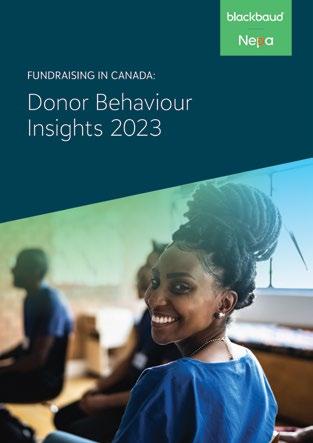
#1All of the findings point to slightly different outcomes when broken down into age groups. It’s not always a certainty that, for example, younger people will want to do something completely different to the older generation – but it’s definitely worth looking at your particular supporters and examining the different demographics within them. A supporter survey is a great place to start to understand why your supporters are there, and how they want to be communicated with.
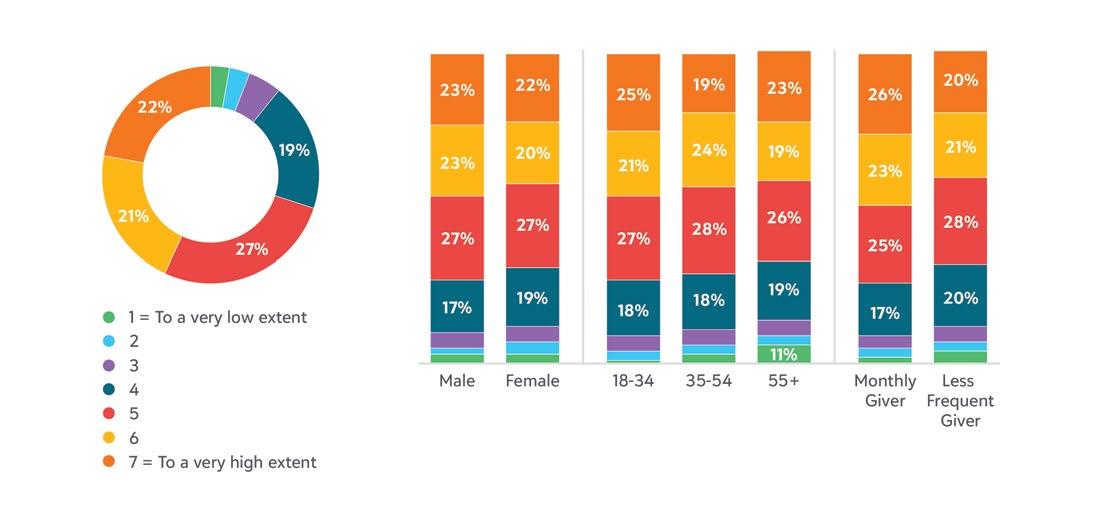
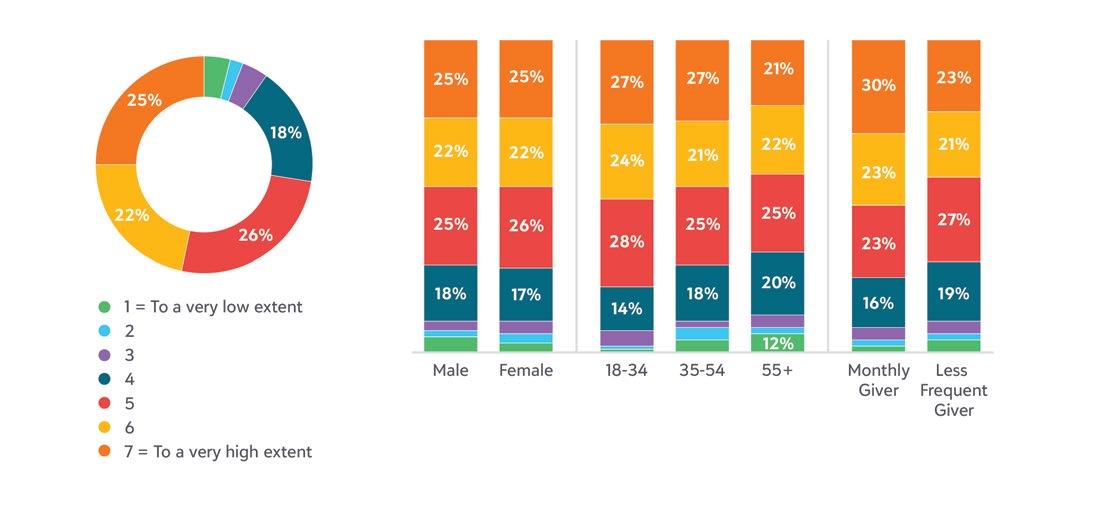
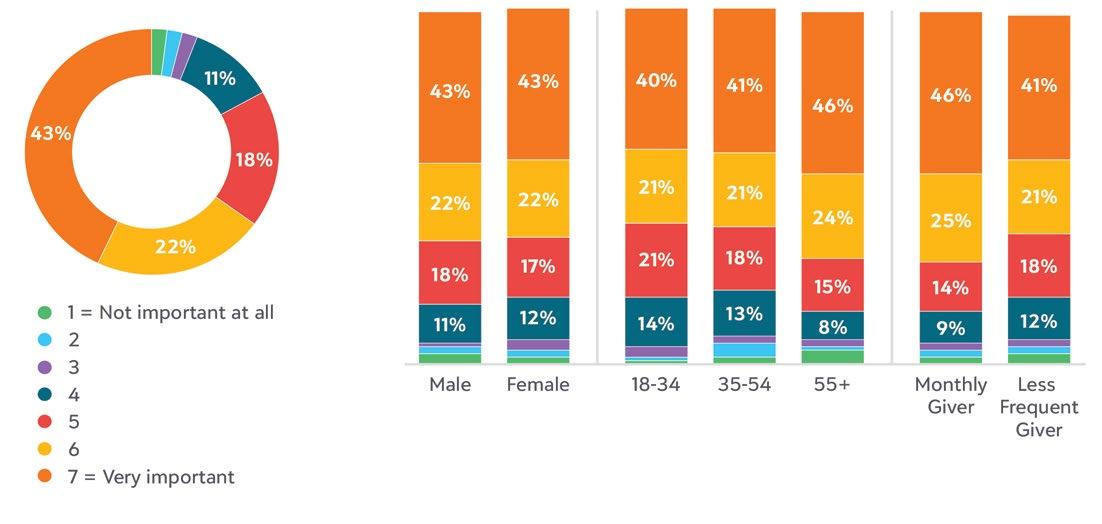
To what extent do you feel like you need to understand an organization’s ethical operating policies, if available, before you give?
#2The research shows that most people prefer to donate cash, but also many want to give online. When you look at your fundraising strategy, are you allowing your supporters to give in the ways they want to? Can your donors easily give online? Don’t miss out on significant donations because you haven’t considered the different ways to give.
#3Only 29 percent of people said they expect to be thanked following a donation. This is surprisingly low, but it could be an indication of how often they have been thanked in the past. If you’re not thanking donors already, start now — and make your organization stand out and be remembered.
Useful Resources
❯ The Status of Canadian Fundraising Report 2022
❯ The Supporter Experience Toolkit
Top Tip
Research in the Status of Canadian Fundraising Report 2022 found that only 48 percent of non-profit organizations are committed to ESG (Environmental, Social and Governance) — demonstrating a charity’s commitment to these values is a great way to show donors the ways in which your organization is ethical and sustainable.
❯ End of Year Fundraising Toolkit
Blackbaud Raiser’s Edge NXT makes reaching new supporters and engaging existing supporters easier and more effective.
LOUISE SPARKS is Content Manager, Blackbaud
* https://www.ncfp.org/knowledge/2016-u-s-trust-study-of-high-net-worth-philanthropy ** State-of-Storytelling-in–the–Nonprofit-Sector.pdf https://www.blackbaud.ca/industry-insights/resources/fundraising-in-canada-donor-behaviour-insights-2023
The Full Report and additional research, resources and insights are available from Blackbaud Canada through their website.










